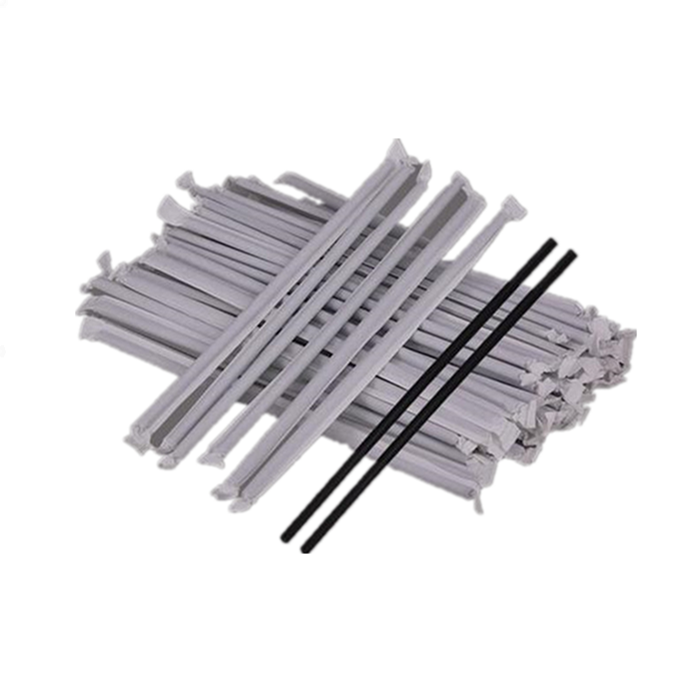Recently, strikes broke out in the United States, Canada and Chile. The market was worried that the global pulp supply might be impacted again. However, the pulp has been operating at a high level for nearly a year, which may be a new blow to the domestic paper industry, which is expecting the pulp price to fall back.
According to the interview of the Associated Press of Finance, the overseas strike has not yet been transmitted to the domestic market. The spot price of domestic pulp is stable, and the demand is still low. In contrast, the industry is more worried that such emergencies will delay the time point of pulp price fall, which means that for paper enterprises, the weak market may continue, and the turning point that has been eagerly awaited needs to wait.
Dragged down by the weakness of the North American real estate market, the news of sawmill shutdown began to be reported from the major timber producing areas in Canada in early November this year. Considering that the timber is far upstream of the pulp and the scope of shutdown is not clear, the news did not attract attention. However, recently, with the imminent outbreak of the strike crisis of the American Railway Association and the resumption of the Chilean port strike, the market began to worry about the paper pulp bulls or move again under the resonance of multiple factors.
Chang Junting, an analyst of Zhuochuang Information, told the Associated Press of Finance that the market feedback had not yet perceived the impact of the overseas railway transport strike, “it may take time to transmit. Recently, the price trend of the main pulp futures contracts in Shanghai Futures Exchange was relatively strong, but most of the spot market continued to sort out between regions, and there was no sign of a sharp rise in prices for the time being.”
Chang Junting thinks that the rising power of pulp futures is more market game. Another pulp futures analyst said that the root cause of the high pulp price was the concentration of pricing power. “Now the news of the strike comes out again, and it is possible for the bulls to pull another wave.”
For the domestic paper industry, the high price of pulp has made enterprises miserable. The expected price rise has limited impact on the paper enterprises’ business decisions. In other words, it is difficult to stimulate paper enterprises to hoard.
People from Zhejiang listed paper enterprises said frankly that the high level of this round of pulp has greatly exceeded the industry’s expectations. The current raw material cost of the industry is basically high, and the difference between companies has been very small. “With such a high price, the profit has been very poor, and there is no incentive to stock up. If it really does, I will make provision for it if it falls.” According to him, at present, the company’s inventory is maintained at a normal level for about one month. We don’t want to make predictions about when the pulp price will fall back. We hope that the market will also “weaken” the fluctuation of pulp price.
Data shows that about 40% of China’s coniferous pulp is imported from North America, and the impact of the strike on the fermentation of coniferous pulp is expected to be more obvious. The specific impact mainly occurs in the transportation of raw materials and the shipping of finished pulp. The shutdown of the sawmill will reduce the supply of wood chips as the processing “by-product”. As wood pulp raw materials, the prices of the two are closely related. In addition, the transportation of finished pulp also depends on the railway. Since November last year, the railway outage caused by extreme weather has had an impact on the Canadian paper supply chain, leading to the forced reduction of production of large pulp mills and the intensification of supply tension.
Post time: Nov-30-2022

